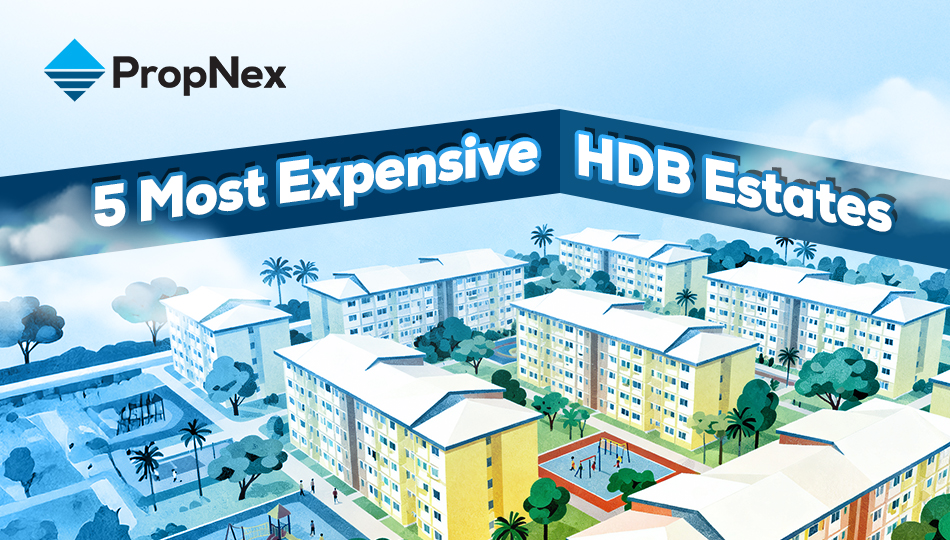Buying A Property? Here Is How You Can Determine What You Can Afford
Singapore housing property has often been regarded as one of the most expensive in the world alongside the likes of Hong Kong and Tokyo.
A four-room public housing resale flat in Bishan can go beyond $600,000 while a 1,000 sq ft private apartment in the city fringe can set you back by more than $1.5 million in 2022. While property prices show no signs of declining, it has not stop aspiring Singaporeans from going after their dream homes. At the same time, buyers should still do their homework to find a home that fits their budget realistically and not overstretch themselves on their home purchase.
Many home owners tap on their CPF monies fully or partially plus cash savings to service their monthly mortgage payment. It is important to ascertain how much CPF funds can be used for housing, and thoroughly assess one’s financial commitments and expenses, such as living expenses, credit card bills, car loan repayment, contributions to parents etc. Such information will help the buyer determine how much he/she can set aside as the housing budget.
In Singapore, there are several financial mechanisms and safeguards in place to ensure that all home owners do not over-leverage and buy beyond their means. Firstly, there is the loan-to-value ratio limit, which restricts the maximum amount of bank loan an individual can take out based on the property value. Depending on whether one is getting an HDB or a private residential home, the loan value can only be 85% or 75% of the property value respectively.
.jpg)
In order to ensure that buyers do not purchase beyond their financial means, the housing market has two other measures in place – Mortgage Servicing Ratio (MSR) and the Total Debt Servicing Ratio (TDSR). For buyers of HDB flats, they are regulated by the MSR, which stipulates that buyer’s monthly mortgage payments should not exceed 30% of their monthly income (as illustrated below).
.jpg)
Here is an illustration of what would be the minimum income required, depending on the price of the HDB flat. For a couple earning a combined household income of slightly less than $8,000, they should look at flats priced around or below $600,000 to meet the stipulated 30% MSR.
.jpg)
For buyers of private residential property, they are required to meet the TDSR, which stipulates that the buyer’s total debt obligation, including property loan, credit card expenses, car loan, education loan, renovation loans, should not exceed 55% of their monthly income.
.jpg)
For a couple earning a combined household income of around $12,000 per month, assuming they have other debt obligations amounting to $2,500, they could look at private homes priced around or below $1,200,000 to meet the stipulated 55% TDSR.
(1).jpg)
While these financial safeguards can prevent a buyer from spending beyond their means on housing, it would be wise to include additional buffers to account for savings. It is important to build up emergency funds for the rainy days, such as in the event of job loss or hospitalisation. In addition, with interest rates on the rise, home owners who default on their mortgage payments could have their homes repossessed by the bank.
With careful financial planning, your dream home should still be within your reach. Speak to a PropNex real estate professional who can provide customised advice to help you with your real estate acquisition.
Sign up to be a part of PropNex Friends where you can get timely information on real estate trends, research reports and enjoy exclusive deals.













